
Wiltons: a bastion of British cuisine
ONE EVENING IN 1942, LONDON banker Olaf Hambro was dining on oysters in Wiltons when a bomb hit nearby St. James’s Church. It so unnerved the restaurant owner, Bessie Leal, that she announced she was closing down for good. Hambro told her to put Wiltons on his bill.
[caption id="HistoricLondonDining_img1" align="aligncenter" width="1024"]
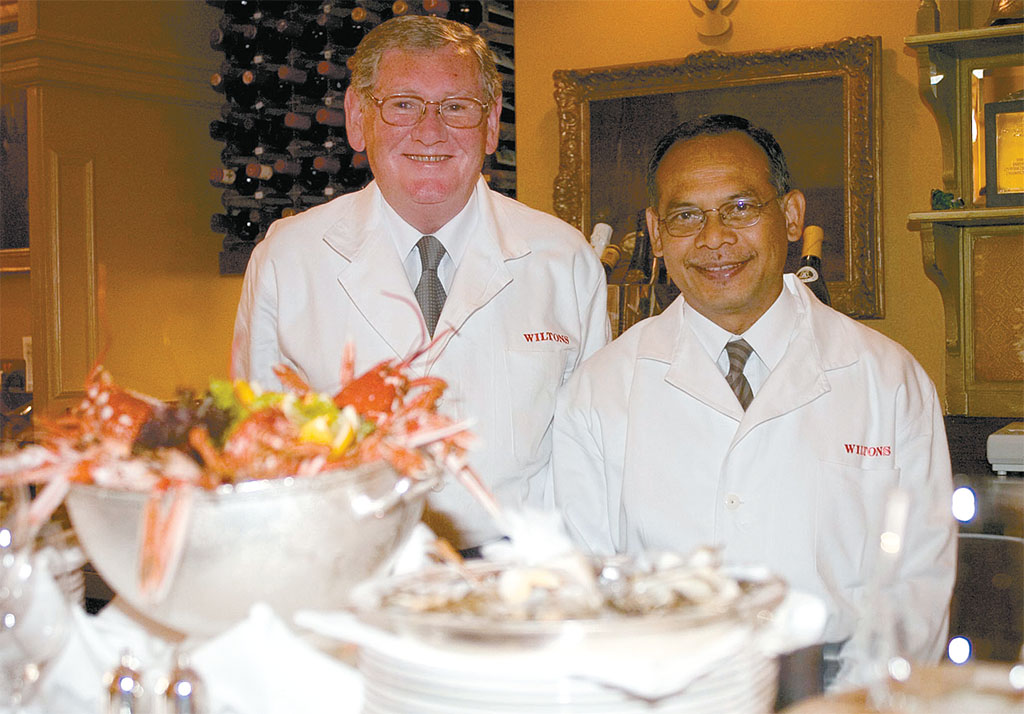
Courtesy of Wiltons
The next morning Mrs. Leal was in a calmer frame of mind, heading for Cornwall £1,200 richer. But Hambro awoke in a state of panic as he realized what his impulsive move had cost him. He called his friend Bruce Ottley, who agreed to buy a 30 percent share in Wiltons and bring in Jimmy Marks, one of the more knowledgeable oystermen in London, as manager.
[caption id="HistoricLondonDining_img2" align="aligncenter" width="1024"]
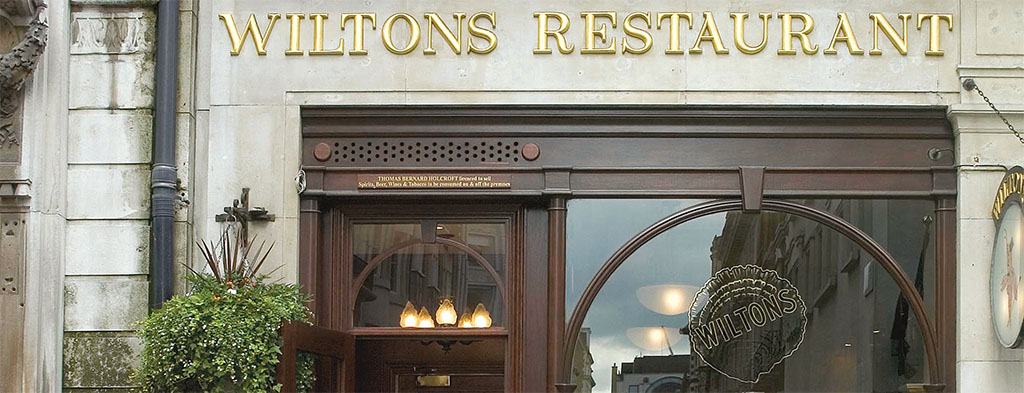
Courtesy of Wiltons
It was not so much the beginning of a legend as the continuation of two of them, as Wiltons had been dishing up a fine kettle of fish for two centuries and Marks for 39 or so years. Today, Marks and the original Wilton family are gone, but Wiltons is still the place to go in London for seafood, game and other delicacies, though dining there isn’t for the faint of wallet.
[caption id="HistoricLondonDining_img3" align="aligncenter" width="678"]

Courtesy of Wiltons
“The food is priced according to quality of service and the highest quality ingredients. These are the best we can offer,” says General Manager James Grant. “It’s not rich sauces and French cuisine. It’s the simplest British cuisine to a standard that’s required by our clientele. We also serve specialties by our chef, Jérôme Vonchelle, who is a Master Culinaire.” He adds that since several thousand pounds worth of recent improvements, Wiltons’kitchen now has a “fantastic, silent efficiency.”
Wiltons is known for its plats du jour, which include Irish stew, fisherman’s pie and oxtail.
“Regulars come in if they know, say, that it’s sirloin of beef on Friday,” says Grant. “The shooting season begins on `the glorious twelfth of August.’ The game is delivered to us immediately, and there is a huge battle to ensure we get it.” Sometimes calls come from the States asking for grouse, woodcock or spatchcock, and Wiltons does its best to hold one for them. Gulls’eggs are sometimes on the menu, soft cooked, peeled and dipped in celery salt, in the traditional manner.
Nine diners can sit at the marble oyster bar to the left of the front door. There, amid a great hustle and bustle, head oysterman Pat Flaherty opens oysters and slices salmon and gravlax. He might open 40,000 oysters a season, with everyone watching. Jimmy Marks, from his oil painting over the oyster bar, is watching too. His history and that of Wiltons intertwine.
In 1742 George William Wilton started selling shellfish in the Haymarket, Cockspur Street. The business passed to his son Francis and then in 1805 to Francis’nephew, William Wilton, who had been a grocer and tea dealer. Under his management, it became Wiltons Shellfishmongers and Oyster Rooms.
When William Wilton died in 1824, his widow, Frances, who came from a family of oyster purveyors, moved the shop to 4 Little King St. and managed it for the next 16 years. Her son Robert turned it into a fully fledged restaurant. In 1884 he received royal warrants from Queen Victoria and the Prince of Wales as Purveyors of Oysters.
[caption id="HistoricLondonDining_img4" align="aligncenter" width="1024"]
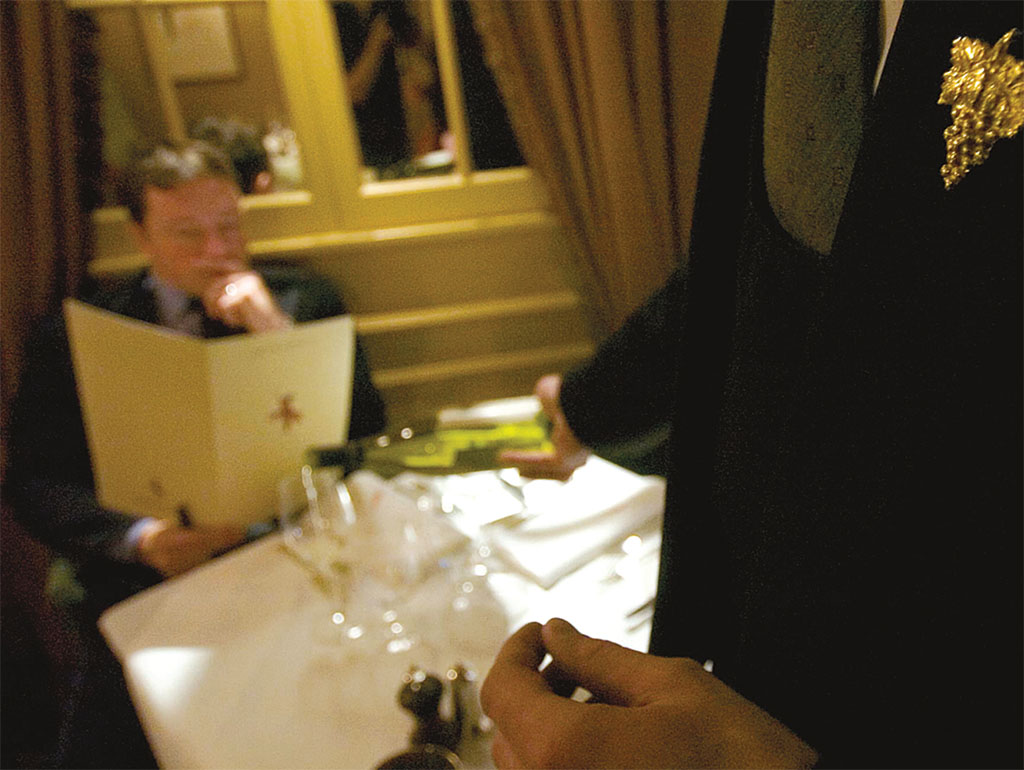
Courtesy of Wiltons
Robert died childless in 1886, and publican David Winder bought the business. Wiltons had moved several times over the years and would move again, as streets were demolished or larger premises needed, but its customers always seemed to be able to find it. By the late 19th century, it had acquired a reputation as an excellent place to enjoy seafood. Tanks of live fish at tableside attested to the freshness of the fare.
Bessie Leal became the owner in 1930. After her precipitate departure, Wiltons moved again, to Bury Street. In 1984 the Savoy Group of Hotels and Restaurants took it over and moved it to its present site at 55 Jermyn St., a building that had been a house of ill repute.
Jimmy Marks began selling oysters as a lad of 17. During World War I he entered the Guards and catered for the Royal Flying Corps. There he met Captain Maurice Buckmaster, owner of the fashionable Buck’s Club. Buckmaster gave Marks a job at Buck’s when he was out of uniform. In the late 1930s Marks moved on, founding an oyster bar on King Street that he built up to a restaurant. Legend says that he had gambling debts and was glad to be bought out and made manager of Wiltons.
Marks was a Cockney, but he was able to deal with the highest in the land. One pictures him slapping backs and giving forth with Cockney slang as he greeted his customers. He was not above hustling someone out of a choice seat and giving it to one of his regulars. He smoothed over his customers’worst tantrums and chatted with them about their love lives or their symptoms. When he died in 1976, four days short of his 90th birthday, his third wife, Lucille, took his place. She was a more up-market, sophisticated person than her husband. Still, she was capable of telling a lord that the fish he wanted was the wrong thing to order at that time of year.
“That’s very much what Wiltons is like,” says Grant. “It’s down to earth and not too formal. The most important people in society come into this restaurant to be refreshed and to enjoy genuinely good cooking. I think Marks would have been good at it.” Customers over the years have included captains of industry, Prince Charles, the late Princess Diana, and a host of PMs and MPs. Princess Elizabeth is said to have trysted there with her fiancé.
A large part of Wiltons’charm and success is the décor that greets those who venture beyond the front window with its painted oyster shell and lace curtains. There are a few tables, but most diners sit in comfortable private booths. The dark-painted walls are hung with art, much of it art nouveau or pre-Raphaelite, accumulated over the years and professionally arranged. Most of the pictures have a fishy quality, depicting seaside scenes, sea life and, in specially commissioned paintings, Wiltons’interiors. The effect is like a dining room in a private home or gentlemen’s club, conveniently located right in the middle of London’s club land.
Grant insists it’s not a club, even though 85 percent of the customers are regulars. “Wiltons is unique,” he says. “They all know each other, and there’s that atmosphere of home and fun and laughter and positivity. Imagine the entrance to Wiltons. There’s a bit of a queue, but instead of, `Oh, goodness me, I must go to my table,’ they say, `Hello, Joe! How are you?’” Even the waitresses get into the spirit, clad in traditional white garb called the “Wiltons nanny.” Continued Grant, “Lloyd Grossman, a well-respected television personality, said, `Wiltons is a bastion of British cuisine,’ which it certainly is. It’s just lots of fun.”
Note: Next issue our British Heritage series on Historic London Dining continues with a profile of possibly London’s oldest restaurant. Any guesses?

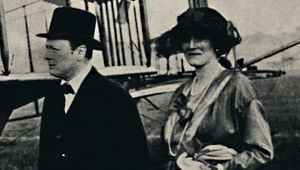
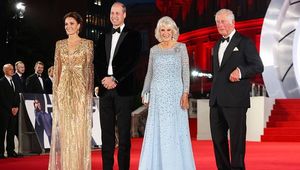
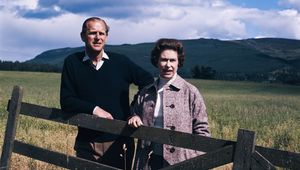

Comments